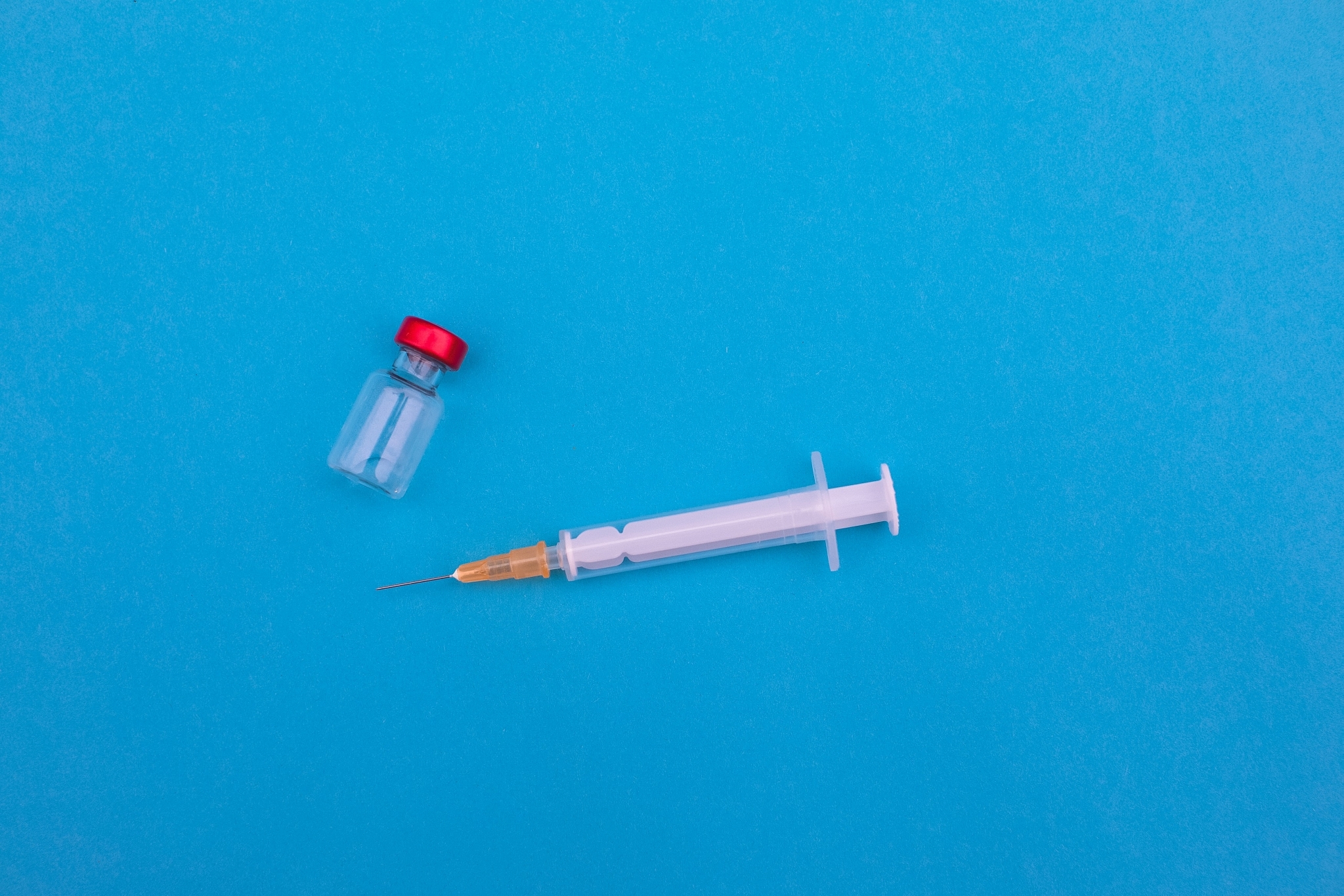Ideas
What Should An Optimum Vaccination Drive Look Like?
- A universal vaccination programme with the option to go private would significantly reduce the inclusion (or exclusion) errors, and the burden on the governments.

(Markus Spiske/Unsplash)
There has been a growing discussion with regards to the prospects of ensuring a free vaccination drive. Many have pointed out that such a drive would come at the expense of the taxpayers and thus, those that can afford must pay for the vaccine.
The question that we need to explore going forward is how the vaccination drive should be organised and who should pay for the same.
The emergency use approvals in the Indian context means that the vaccine would be purchased by the government as it administers the same to the frontline workers and perhaps to the vulnerable population.
It has been indicated that the vaccines may be free – whether only for front-line workers or for all is something that cannot be commented upon at the moment. However, several states such as the state of Bihar may very well offer a free vaccine for its population using its public healthcare infrastructure.
The question, thus is whether more states should follow the same – and if the vaccine should be made available for free to all?
Disease eradication in this case is a global public good and thus, vaccines are critical towards the same. However, vaccines are both rivalrous and excludable, that is, if prices are high then the poor may not be able to afford them.
Thus, the objective of ending the lockdown restrictions and getting the world back on track requires vaccines to be made available at an affordable rate.
However, even with that many people may not be in a position to afford the same.
For starters, even at Rs 1,000 per dose, the cost of two doses of vaccines comes to Rs 2,000 which is beyond the reach of many people.
Thus, there is no disagreement that the poor must be provided vaccines for free of cost as it is essential towards restoring normalcy.
The question, however, is whether those that can afford the vaccine should be provided with a free dose – or whether they should be asked to pay for the same.
Or, alternatively, what would be a good inclusion (or exclusion) criterion for those that will be provided with a free public vaccine.
The debate is also around whether such a criterion should exist in the first place given the prospects of inclusion or exclusion errors.
In the event that the government does decide to offer a universal vaccination programme (similar to the polio programme), we must view it as an additional stimulus (a kind of cash transfer of Rs 2,000 or whatever is the per-capita cost of the vaccination doses).
The cost of a universal vaccination programme for 138 crore people would be Rs 2,76,000 crores or close to 2 per cent of our GDP. However, as a consequence of this we would manage to go back to the pre-COVID level of economic activity rather swiftly and contact services which continue to contract may witness a reversal as people gradually move out post vaccination.
Thus, in terms of cost-benefit analysis, clearly an expenditure of 2 per cent of our GDP to put an end to the pandemic and associated uncertainty is justified.
However, we must also allow for private doses of the vaccine to be made available for people over the counter. This is important as it will ensure that those who can afford the vaccine have the choice to visit the public health setup for vaccination or purchasing the vaccine in the open market.
Given our past experience, if the government provides the vaccine free of cost in public system – and simultaneously allows for private sale of the vaccine, we will see a sizeable proportion of the affluent section preferring the private markets over the public route thereby reducing the overall cost of the universal vaccination programme.
The other intervention which is worth considering is allowing for people, especially corporates, to consider the vaccination costs of their employees as a part of their CSR expenditures.
This will further take some load away from the government in funding the vaccination drive while providing the private sector with an incentive to share a part of the cost. This idea was originally proposed by Rahul Bajoria and is definitely worth exploring,
The SARs-Cov-2 has caused a significant disruption to life while disrupting economic activity as we know it. There are moral considerations for ensuring the vaccine is accessible in order to meet the desired objective of going back to life before the pandemic.
A universal programme with the option to go private would significantly reduce the inclusion (or exclusion) errors and perhaps is the best possible strategy.
Support Swarajya's 50 Ground Reports Project & Sponsor A Story
Every general election Swarajya does a 50 ground reports project.
Aimed only at serious readers and those who appreciate the nuances of political undercurrents, the project provides a sense of India's electoral landscape. As you know, these reports are produced after considerable investment of travel, time and effort on the ground.
This time too we've kicked off the project in style and have covered over 30 constituencies already. If you're someone who appreciates such work and have enjoyed our coverage please consider sponsoring a ground report for just Rs 2999 to Rs 19,999 - it goes a long way in helping us produce more quality reportage.
You can also back this project by becoming a subscriber for as little as Rs 999 - so do click on this links and choose a plan that suits you and back us.
Click below to contribute.
Latest